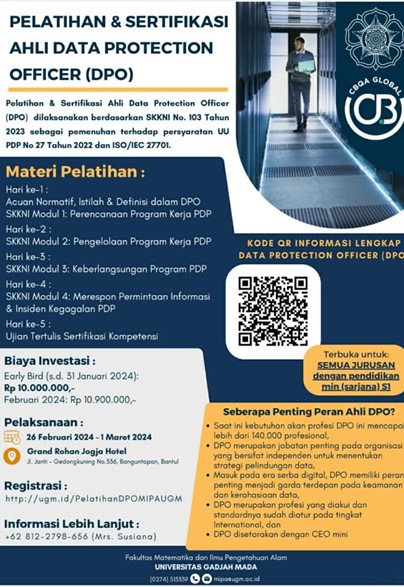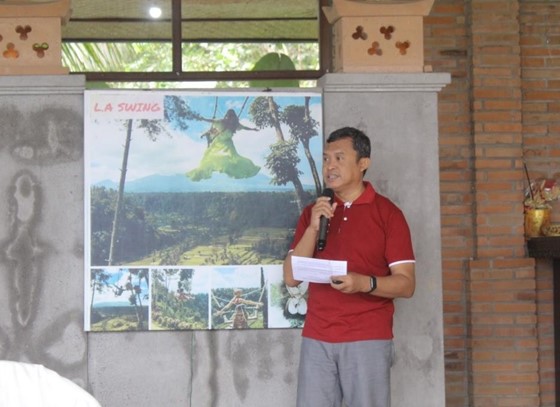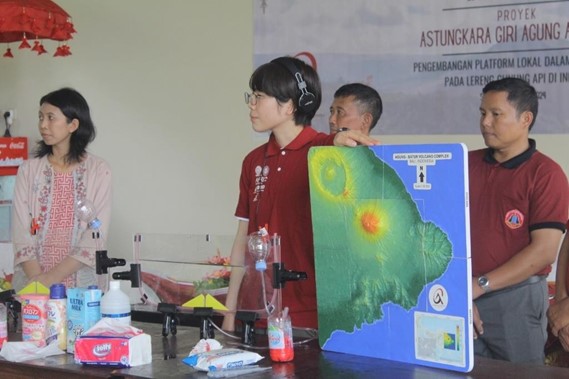
C3R Hosts Training and Certification for Data Protection Officers (DPOs) to Meet the Needs of 140,000 Professionals
The Center for Cryptography and Cybersecurity will conduct training and certification for Data Protection Officer (DPO) experts from Feb 26th to Mar 1st, 2024, spanning five days, due to the significant demand. In an era where data breaches are increasingly common, DPOs play a crucial role in safeguarding sensitive information and ensuring compliance with various legal frameworks. As the digital landscape evolves, the demand for skilled DPOs is rising, resulting in a need for specialized training and certification.
The upcoming training and certification program for DPOs represent a significant development in the field of data protection. This program is structured based on SKKNI No. 103 of 2023, addressing the requirements of Law No. 27 of 2022 on Personal Data Protection (PDP) and ISO/IEC 27701 standards. This initiative is not only a response to regulatory demands but also a step towards enhancing skills and professional competence in this critical area. It also supports SDGs point 9 on Industry, Innovation, and Infrastructure and point 11 on Sustainable Cities and Communities.
Compliance with Law No. 27 of 2022 on Personal Data Protection and the international standard ISO/IEC 27701 is crucial for organizations handling personal data. The training program is designed to equip DPOs with the knowledge and skills needed to navigate this complex legal and regulatory landscape, ensuring that their organizations remain compliant and secure.
The need for qualified Data Protection Officers is more critical than ever. With over 140,000 professional positions required, this training program is a timely response to market demand. It opens up many career opportunities for individuals looking to specialize in this field.
A Data Protection Officer holds a unique and independent position within an organization, akin to a ‘mini-CEO’. They are responsible for setting data protection strategies and ensuring that organizational data handling practices comply with legal and ethical standards. This autonomy is crucial for effective data governance.
As we delve deeper into the digital era, the role of DPOs becomes increasingly vital. They are the frontline defenders of privacy and data security, facing challenges posed by digital transformation and the ever-evolving cyber threat landscape.
The DPO profession is globally recognized, with standards set at the international level. This recognition underscores the professionalism and expertise required to excel in this role, further emphasizing the importance of formal training and certification. This is what drives the Center for Cryptography and Cybersecurity to organize this training and certification program for DPO experts.


Keywords: cryptography, cybersecurity, data protection officers
Author: Uha Isnaini
Picture: Center for Cryptography and Cybersecurity Researches (C3R) FMIPA UGM
Editor: Febriska Noor Fitriana






